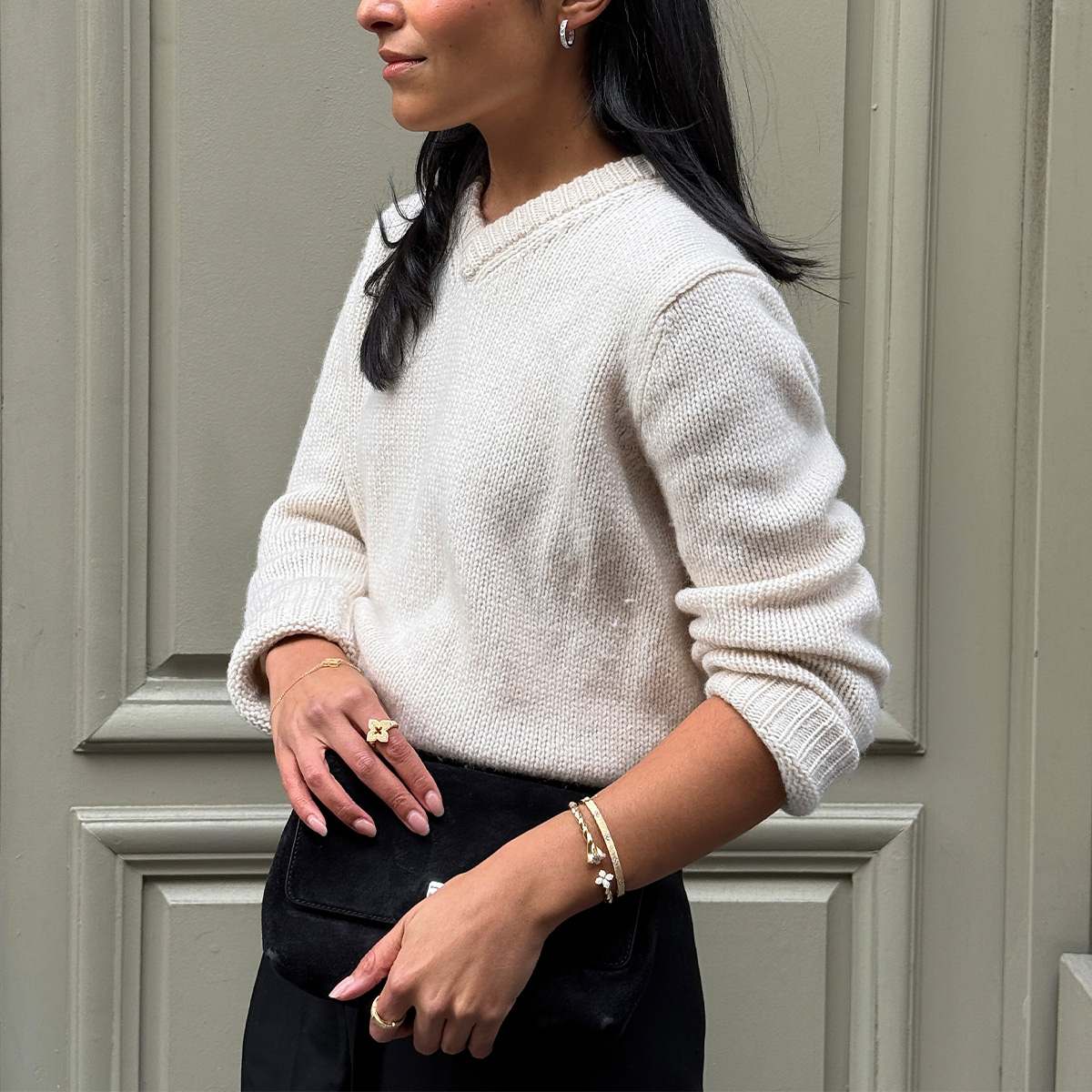My 56-Year-Old Mom and I Compared Our Favorite Foundations—These 15 Tick Every Box
Makeup artists agree.
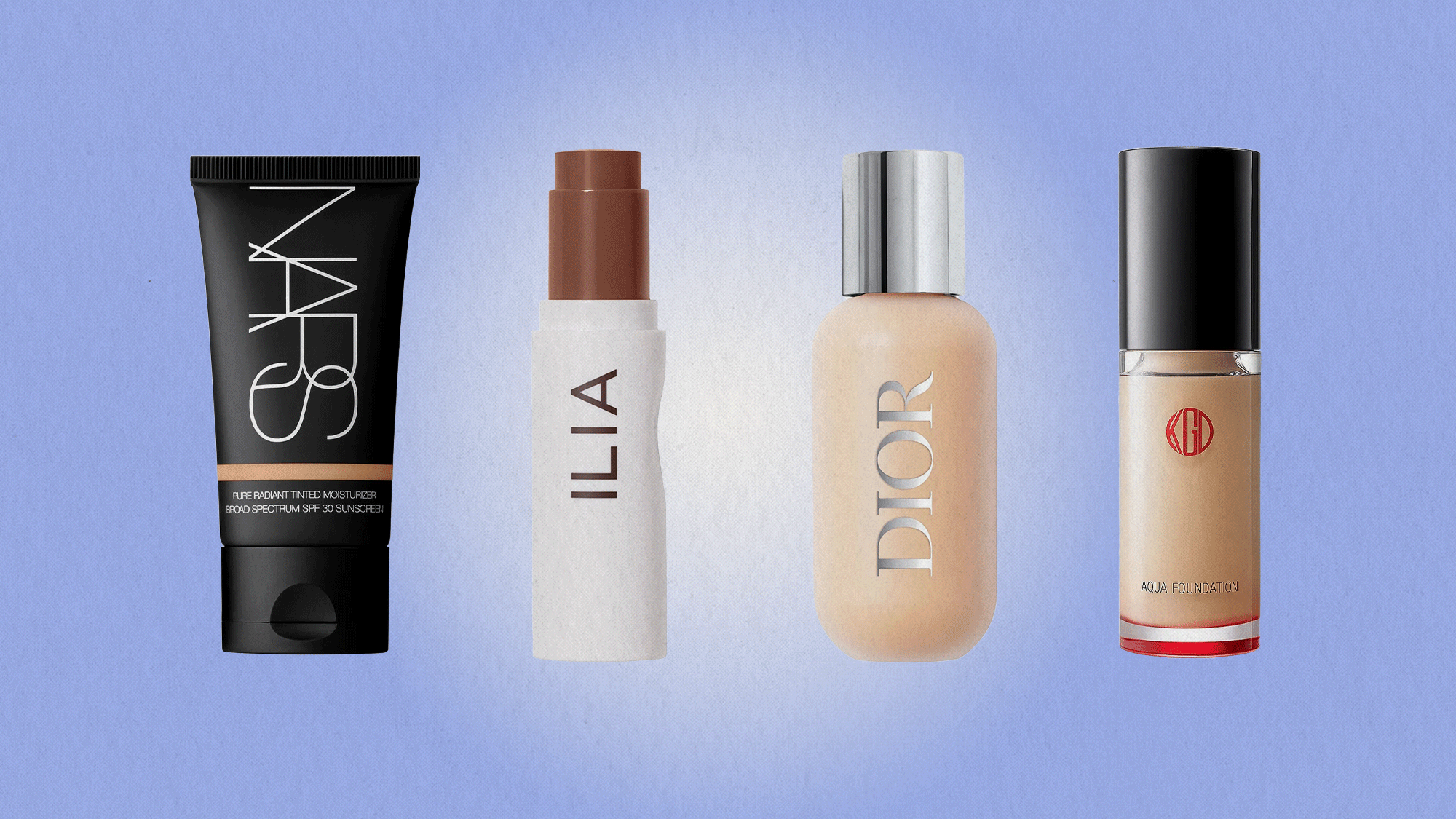
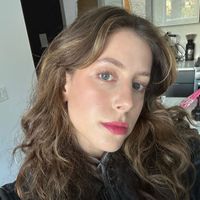

Our skincare needs evolve as we do. The featherlight mattifying cream you slathered on as an acne-prone teen just won't cut it as your natural oil production declines with age. The same logic applies to your makeup staples, especially if you're starting to see signs of aging. (This tends to happen around your 40s.) You might have used foundation to cover up breakouts and mattify shine in the past, but now, the name of the game becomes addressing loss of elasticity, fine lines, and hyperpigmentation aka sunspots and dark spots.
Which foundations are best suited for mature skin? I've outlined them all for you below with the help of some trusted experts: celebrity makeup artists Jamie Greenberg and Jeanine Lobell, plus my very own mother. (Hi, Mom!) Ahead, find the star formulas to meet each preference, makeup goal, and skin concern.
The Best Foundations for Mature Skin, Listed
- Best Overall: Armani Beauty Luminous Silk Perfect Glow Flawless Oil-Free Foundation
- Best Glowy Finish: It Cosmetics CC+ Nude Glow Lightweight Foundation + Glow Serum With SPF 40
- Best for Dry Skin: Jones Road What the Foundation Tinted Moisture Balm
- Best Lightweight: Shiseido Revitalessence Skin Glow Foundation SPF 30
- Best Liquid: Koh Gen Do Maifanshi Aqua Foundation
The 15 Best Foundations for Mature Skin, Tried and Tested
Best Overall: Armani Beauty Luminous Silk Perfect Glow Flawless Oil-Free Foundation
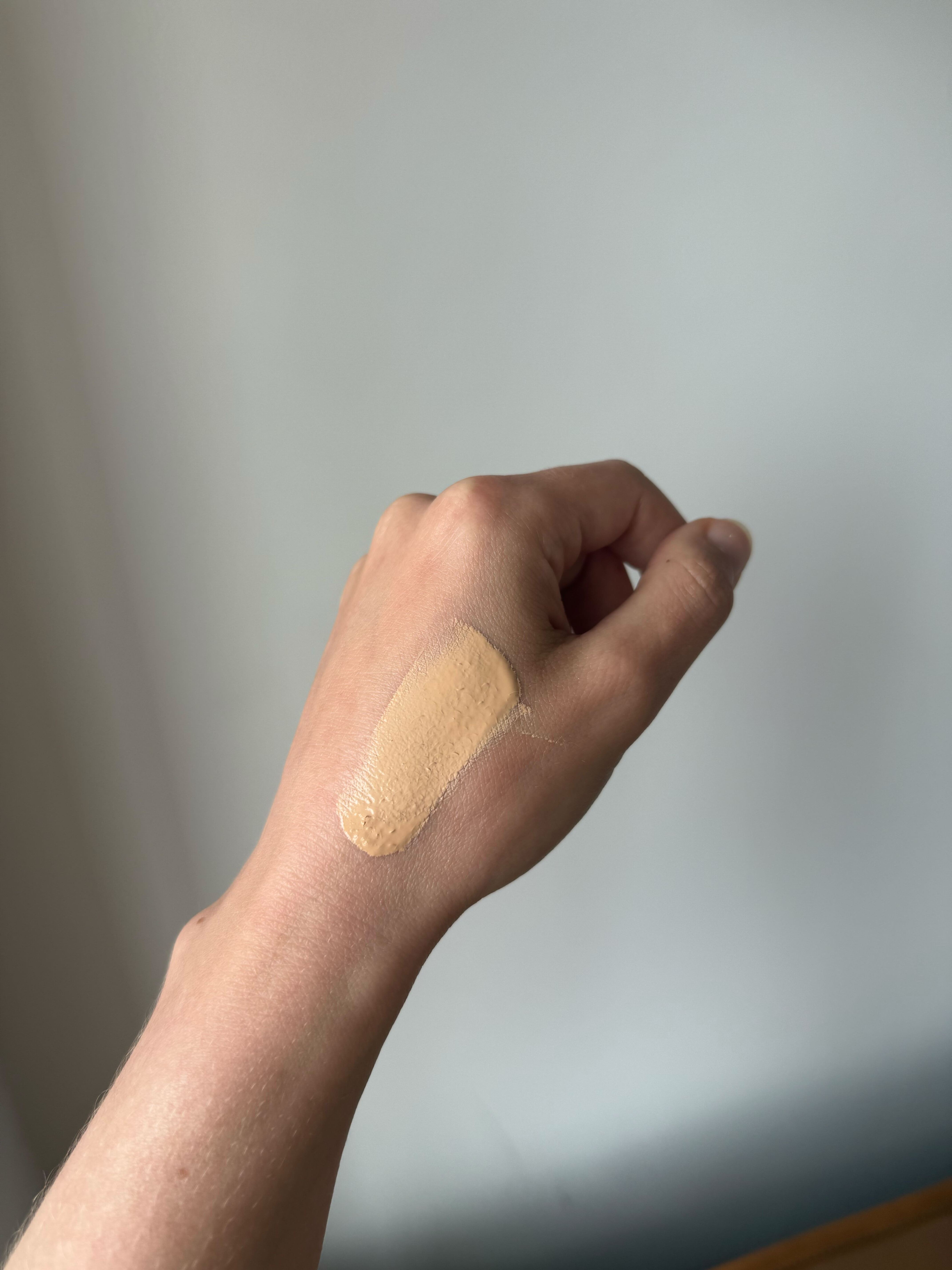
It's a cult favorite for a reason! Luminous Silk is creamy and medium coverage, and it leaves you with a glowy, never greasy, visage. The formula features a special Micro-fil technology that helps pigment better adhere to your skin and look flawless. Whether you'd like to disguise dark spots, smooth fine lines, or even overall tone, this liquid foundation has you covered. My mom, who was influenced by TikTok to buy it, specifically calls out its creaminess, noting it has lots of coverage.
Pros: Has a radiant finish without looking greasy, provides buildable medium coverage to easily disguise blemishes and dark spots
Cons: Contains silicones
Shades: 40
Key ingredients: Micro-fil technology, glycerin
Customer review: "I seriously never write reviews and I never have [liked] liquid foundation. This is the best stuff ever! Goes on so smooth and bendable. I was told I looked like I had airbrushed skin! #Sold."
Best Glowy Finish: It Cosmetics CC+ Nude Glow Lightweight Foundation + Glow Serum With SPF 40
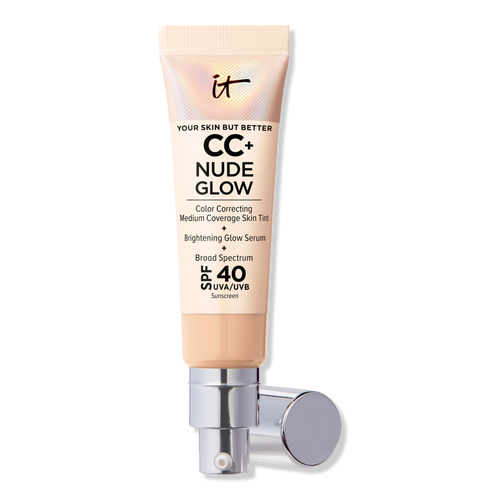
"Usually, I use CC+ Nude Glow," my mom tells me. "It's not cakey and goes on smoothly." The formula is incredibly lightweight with impressive payoff, meaning you don't need to pile on product to achieve your desired level of coverage. When it comes to using foundation for mature skin, less is more—too much product can settle into fine lines.
Pros: Contains SPF, very lightweight and breathable yet provides medium coverage
Cons: Has a glowy finish
Shades: 22
Key ingredients: Niacinamide, hyaluronic acid, green tea extract, SPF
Customer review: "One of the best skin tints out there. Light smooth coverage that gives enough coverage that you can cover hyperpigmentation and age spots. It's skin care with medium buildable coverage. Worth the splurge."
Best for Dry Skin: Jones Road What the Foundation Tinted Moisture Balm
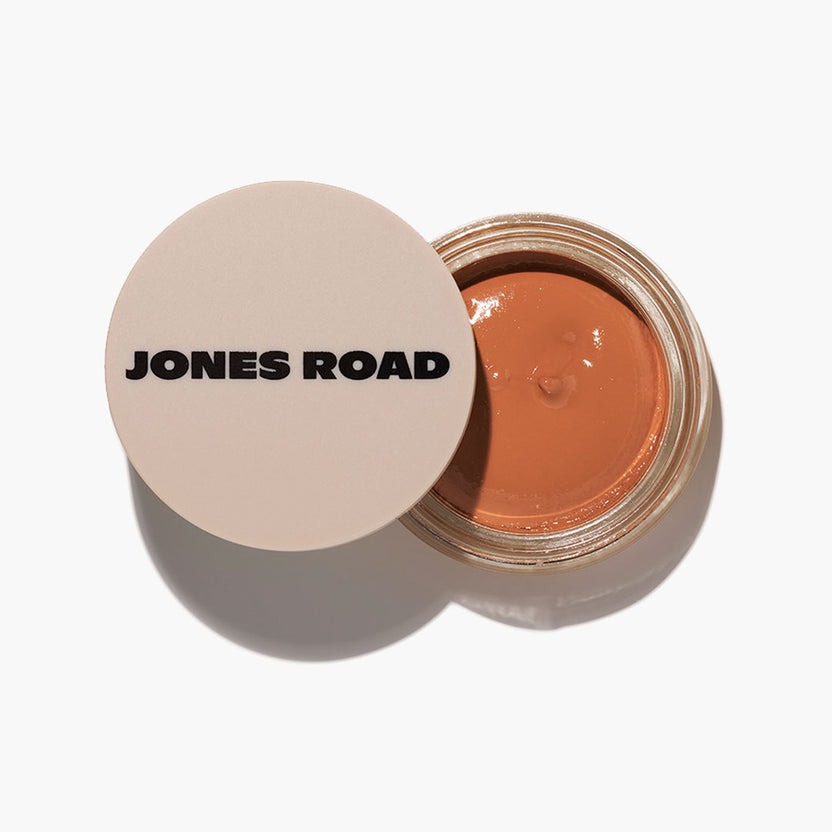
If I applied this foundation with my eyes closed, I'd think I was using moisturizer. That's just how hydrating and soothing the formula feels on my skin. It's brimming with sodium hyaluronate, a very small molecular size of hyaluronic acid that can shimmy deep into your pores and provide immediate moisturizing, skin-plumping effects. I'd recommend finger-painting with this one as opposed to using a sponge or brush, as it effortlessly melts with the warmth of your skin. Oh, and don't be alarmed by its whip-thick texture; it's actually one of the most sheer, lightweight options on this list.
Pros: Provides a natural "your skin but better" look, a little goes a long way for evening skin tone
Cons: Very sheer
Shades: 16
Key ingredients: Sodium hyaluronate, olive oil, castor oil
Customer review: "I am an active 65 year old woman who feels more 'supple and smooth' than my skin looks! But I also have never been a fan of layers of makeup and especially using foundation like spackle. So I was intrigued by What the Foundation. And yes, ladies in my age bracket, it is gentle, subtle, moisturizing, light and complements and enhances our skin tone and texture. I am super pleased!"
Best Matte: Il Makiage Woke Up Like This Flawless Base Foundation

Okay, those with mature skin typically should opt for dewy formulas over matte, but this underrated number is the ultimate exception. "It has a natural matte finish that looks velvety and luminous but not shiny. It has medium coverage that disguises everything—rosacea, breakouts, dark circles, and hyperpigmentation included," notes WWW beauty editor Kaitlyn McLintock in a review. "I also have uneven skin tone on my nose and cheeks and some dullness on my forehead and chin. This foundation covers it all without looking like a foundation at all." Sounds like a winner to me!
Pros: Matte formula that's not too drying, natural and buildable coverage, incredible shade range
Cons: Contains silicones
Shades: 50
Key ingredients: Hyaluronic acid, vitamin E
Customer review: "This is my favorite foundation. It leaves my skin feeling moisturized and looking flawless. I have mature skin, and this is perfect for those fine lines."
Best Splurge: Chanel N°1 de Chanel Revitalizing Foundation
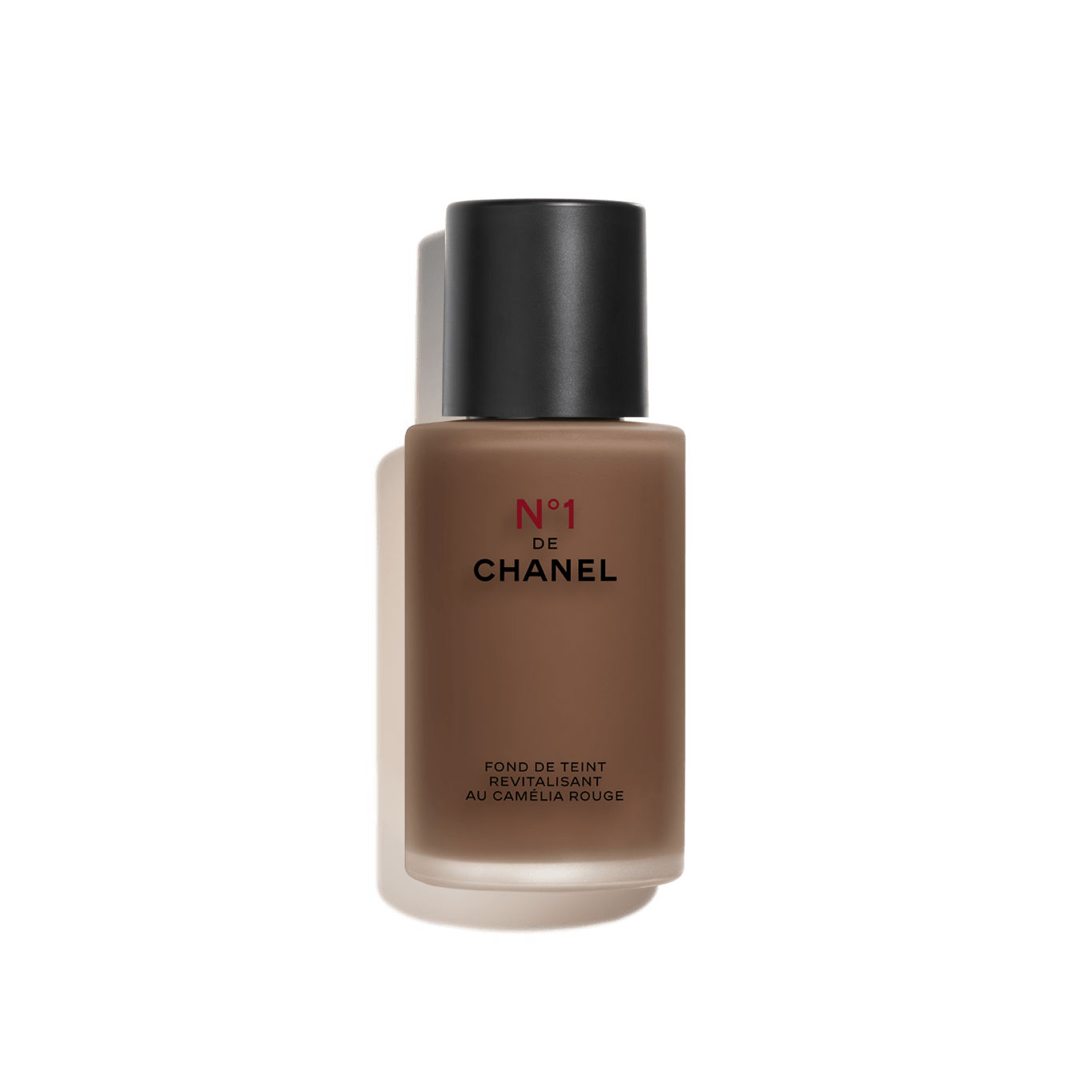
"When I wore this out, I had three different people compliment my skin. Is that not the dream? It's proof that this product puts the focus on my skin, not the makeup," McLintock once shared about this natural-looking foundation. She's not the only one to sing its praises: In a clinical evaluation from the brand, women reported a 33% more radiant complexion immediately after use and smoother skin after one month. The texture is velvet soft, and it delivers the prettiest satin finish. Would you expect anything less from Chanel?
Pros: Effortlessly fuses to skin, feels like silk with a soft, satin-like finish
Cons: Not as dewy as other options
Shades: 29
Key ingredients: Camellia-seed oil, glycerin
Customer review: "I am 45 years old and have dry skin. I also have some light dark spots on my cheeks. I bought many foundations from different brands to find a perfect match for my face. This is by far the best foundation. It gives medium coverage but it settles well on wrinkles and smoothes all wrinkles and gives my face a glow. I would definitely recommend this for 40 plus [aged] women."
Best for Dark Spots: Ciele Tint & Protect Medium Coverage Serum Foundation
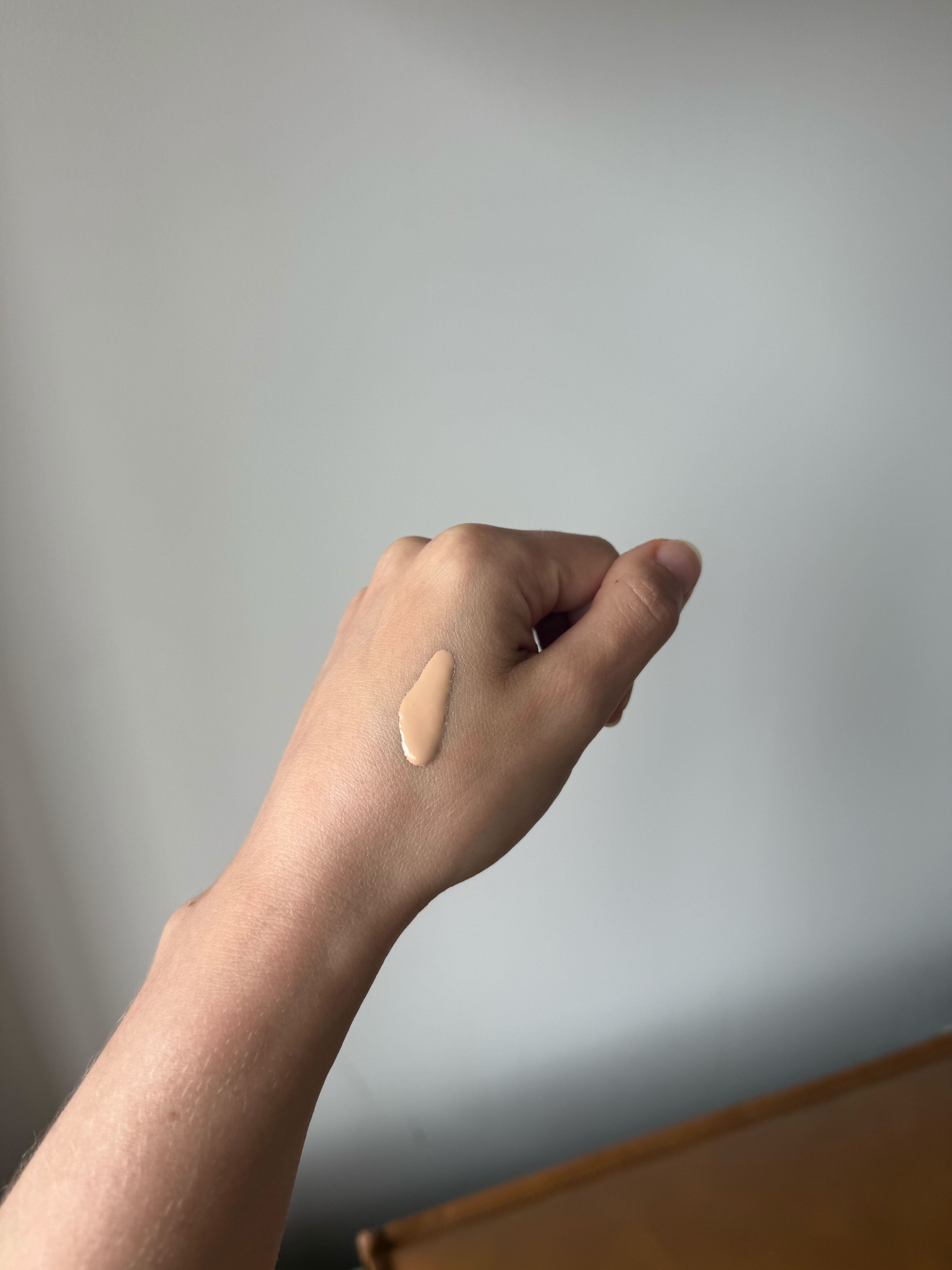
Most serum foundations are way too oily for my liking, but not this Ciele pick. It sinks into skin so effortlessly, providing a moisturizing yet not-too-glowy base that never reads greasy. It's great for covering up dark spots and preventing new marks from forming, as sun damage is the number one culprit for hyperpigmentation. (This formula boasts SPF 50!) Not to mention, it includes allantoin and niacinamide to soothe and even out skin tone.
Pros: Noncomedogenic, moisturizing without looking too greasy
Cons: Can be a bit messy
Shades: 13
Key ingredients: Allantoin, bisabolol, niacinamide, SPF
Customer review: "Such a beautiful skin tint—not greasy or heavy, just beautiful coverage. I've been on the hunt for the perfect tinted SPF, and this checks all the boxes. Mature skin approved."
Best Stick: Ilia Skin Rewind Blurring Foundation and Concealer Complexion Stick
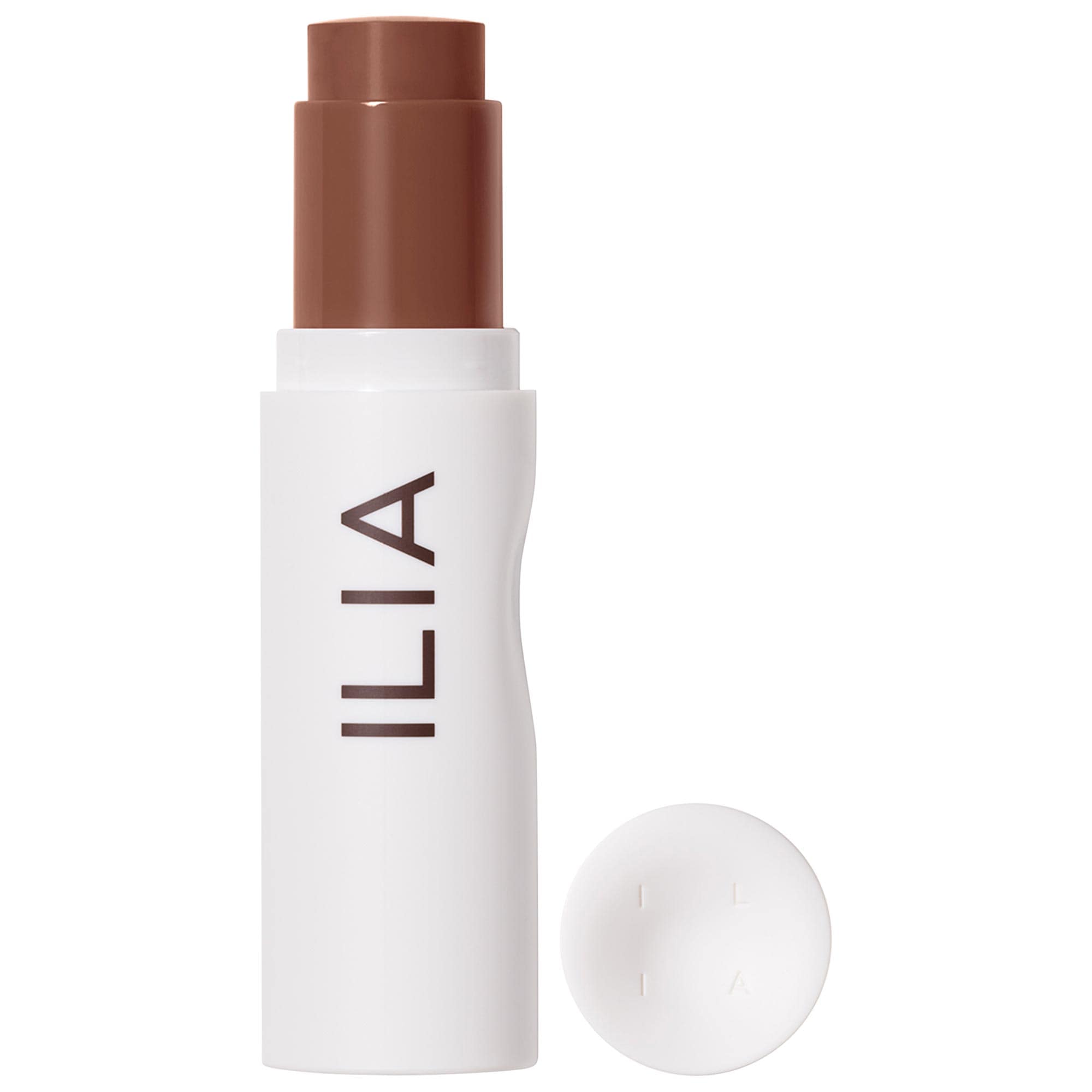
To be honest, I wasn't expecting to love this foundation stick. The natural-matte formula just sounded way too cakey, but boy was I proven wrong. This foundation blends like an absolute dream, even on drier, thinner areas like my under-eyes. Not only does it never settle into fine lines, but it also seamlessly blurs pores and texture for a full 12 hours without reapplication. A clinical study by the brand found that 100% of participants said their skin looked healthier and more youthful after 28 days, and 98% said it reduced the look of fine lines and wrinkles. I, for one, am obsessed.
Pros: Great for on-the-go touch-ups, has a natural-matte finish that doesn't dry out the skin
Cons: Not suitable for dry skin
Shades: 42
Key ingredients: Ceramide-peptide complex, kelp extract, butterfly lavender extract
Customer review: "I have dry sensitive skin, and I'm in my early 40s. I was concerned this foundation stick would be dry and cakey. I was wrong! Beautiful glowing finish. This is my new everyday foundation."
Best Liquid: Koh Gen Do Maifanshi Aqua Foundation

Greenberg calls this liquid number a lightweight and glowy product that she swears by. It contains the brand's signature T3 Oil—a blend of jojoba oil, olive squalane, and shea butter—to help skin appear soft and supple. While it also contains four types of powders to build coverage, it never leaves behind a cakey finish. In fact, I'd call it one of the dewiest options on this list.
Pros: Has incredible longevity with a nice, luminous finish
Cons: Contains silicones
Shades: 10
Key ingredients: Jojoba oil, olive squalane, shea butter, mineral water
Customer review: "Beautiful, light to light-medium coverage, natural skin like finish that does not cling to dry patches or make my pores look larger, works well on top of physical sunscreens (titanium and zinc oxide) and most importantly—there is very little transfer and it doesn't come off in this hot and humid, July weather! I've even worn it while jogging 4 miles and it still looks beautiful!"
Best Lightweight: Shiseido Revitalessence Skin Glow Foundation SPF 30

"My go to is the Shiseido Revitalessence Skin Glow Foundation, which also has SPF for an added bonus," says Lobell. "I usually apply it with my fingers to really press it into the skin." She specifically loves how the lightweight formula contains lots of pigment, so a little bit goes a long way. This means you won't ever run the risk of looking cakey.
Pros: Super hydrating and glowy, a little goes a long way
Cons: May feel a bit too thin and serum-like
Shades: 25
Key ingredients: Fermented kefir, niacinamide, microcapsules suspended in skincare essence
Customer review: "Hands down my favorite glowy foundation. It really gives that glass-skin look and wears surprisingly well on hot days with a good setting spray. Feels like nothing on my skin and gives light-medium coverage."
Best Balm: Monika Blunder Beauty Blunder Cover All in One Foundation
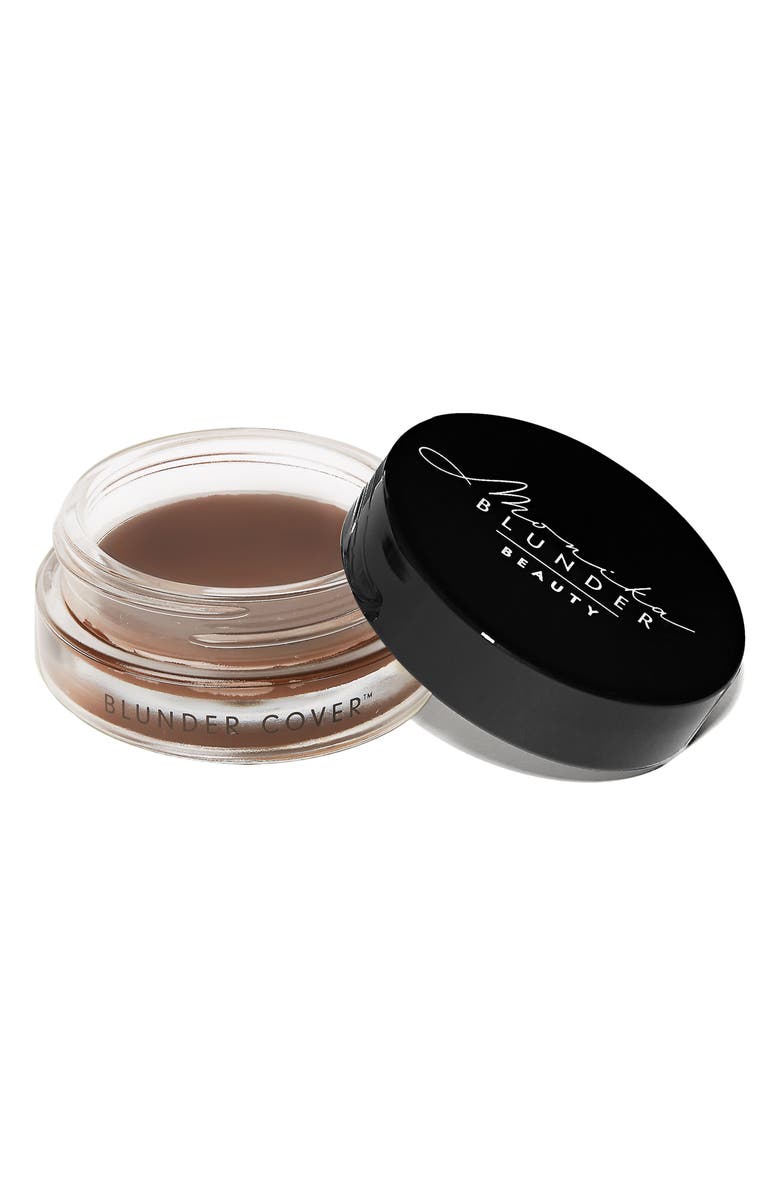
Lobell typically avoids cream and balm foundations for mature skin, as they can look a bit heavy. "There are some more balm-type foundations, however, that give a great look to mature skin, like Monika Blunder Beauty's Blunder Cover," she notes. The oil-infused pigment melts upon application, covering everything from rosacea to hyperpigmentation to fine lines without appearing cakey. With arnica, edelweiss, and gentle hydrating oils (safflower seed, castor seed, and soybean to name a few), it never aggravates sensitive skin.
Pros: Super malleable and creamy, easy to use as an allover foundation or in specific spots as a concealer
Cons: Has a waxy consistency before you work it into the skin
Shades: 20
Key ingredients: Arnica, edelweiss, safflower-seed oil, castor oil, soybean oil
Customer review: "I like this foundation because it really works on my 64 year old complexion. [I've] been able to wear this foundation an entire day without dryness or oxidation. As a black woman, with neutral warm skin tone, the shade I purchased shade SECHS-00. I found it flattering and natural."
Best Sheer: Nars Pure Radiant Tinted Moisturizer Broad Spectrum SPF 30
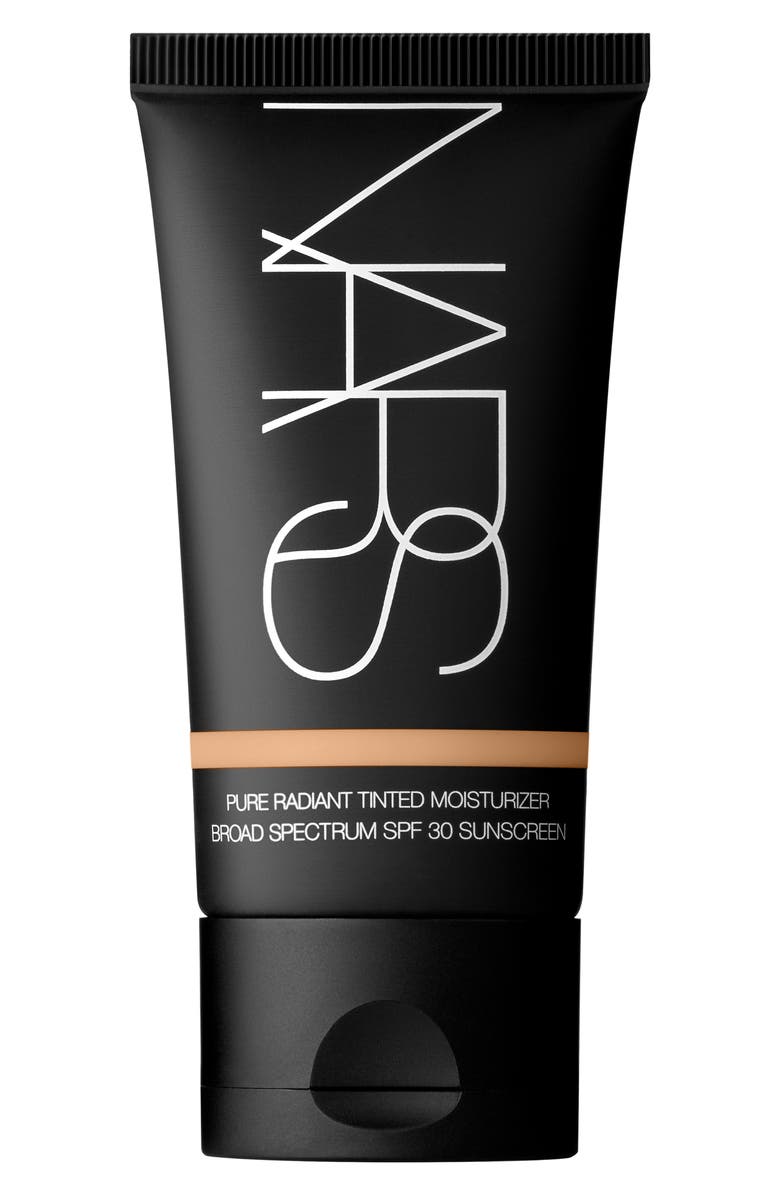
Lobell also calls this Nars number an excellent choice. It's technically a tinted moisturizer, meaning it's much more sheer than a foundation, but if you're looking for just a wash of pigment to even out skin tone, you really can't go wrong with this pick. "After wearing it all day, I completely forgot I had any makeup on whatsoever. That's how lightweight this is," notes WWW UK junior beauty editor Grace Lindsay in a review. As you can guess from the light-as-air formula, this one won't dare exacerbate skin texture and fine lines.
Pros: Light-as-air formula, extra sun protection, seamlessly layers with other skin and makeup products
Cons: Very sheer coverage
Shades: 16
Key ingredients: Glycerin, SPF, mineral-rich seawater, vitamin C
Customer review: "I have tried a lot of tinted moisturizers from high-end to drugstore. None come close to Nars Pure Radiant. The finish is beautiful! The coverage is amazing! It is so hydrating and covers all of my imperfections without the heavy feel. It does not collect in lines or wrinkles. Minimizes the look of large pores. If you have light/medium skin with gold undertones, (like I do) try the color Groenland. Your skin will look radiant!"
Best Multipurpose: Dior Backstage Face & Body Foundation
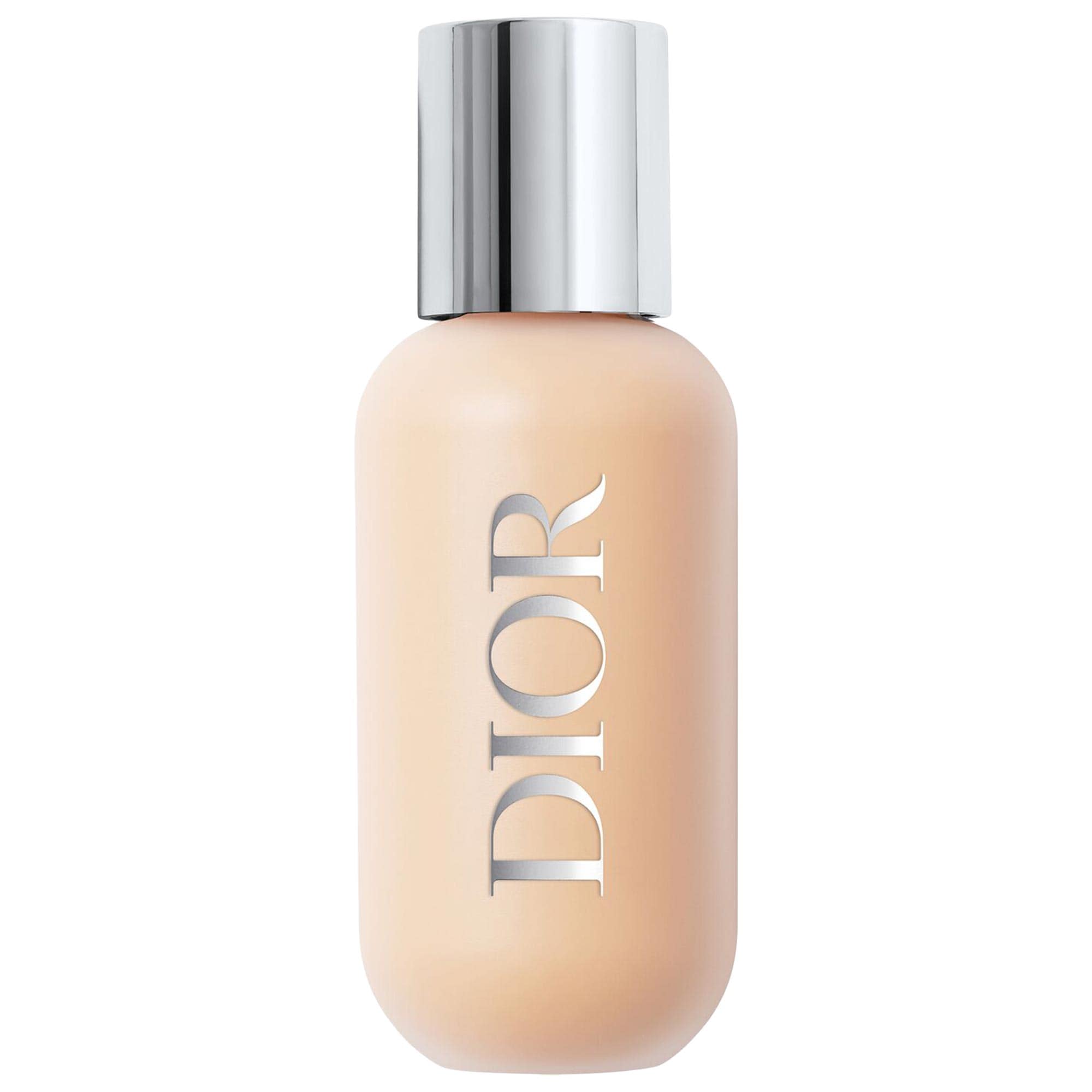
One of my favorite things about this lightweight foundation from Dior is the shade range. With 43 options available, it's easy to find the perfect match rather than having to blend two shades together. The formula is perfect for anyone who prefers a medium-coverage liquid formula that can still be built up. It can easily blur out acne while maintaining that "second skin" feeling. Plus, it can be used on your body as well.
Pros: A buildable, lightweight formula with high SPF coverage that leaves skin glowing.
Cons: Has a noticeable sunscreen smell.
Shades: 43
Key Ingredients: Squalane, hyaluronic acid
Customer review: "I’m always really nervous to try a new foundation, but this did not disappoint. It was my first high end foundation purchase, and I’m obsessed. It set so well on my face and wears amazing all day long."
Best SPF Foundation: L'Oréal Age Perfect Radiant Serum Foundation
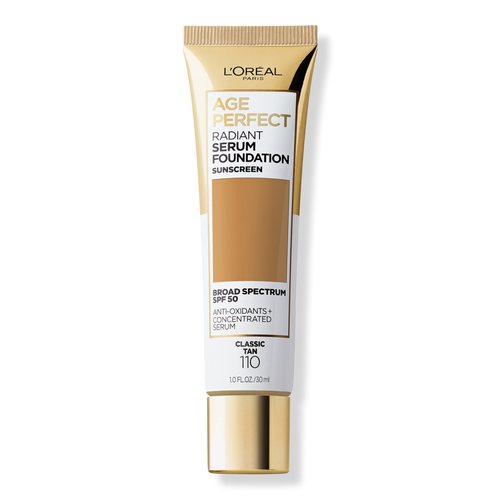
In case you didn't know, you should be wearing sunscreen every day regardless of the season or whether or not you're indoors. It's an essential, so why not take advantage of a two-for-one deal? It has SPF 50 and is lightweight enough to not settle into fine lines. The formula provides deep hydration for even the most sensitive skin types, and it's noncomedogenic so acne-prone skin can get in on the benefits too.
Pros: A buildable, lightweight formula with high SPF coverage that leaves skin glowing.
Cons: Has a noticeable sunscreen smell.
Shades: 15
Key Ingredients: SPF 50, vitamin B3, hydrating serum
Customer review: "I'm 31 and starting to get fine lines. What used to work for me, now settles in the lines, but this works amazingly. It gives a beautiful glow and lasts long."
Best Tint: Hourglass Veil Hydrating Skin Tint Foundation
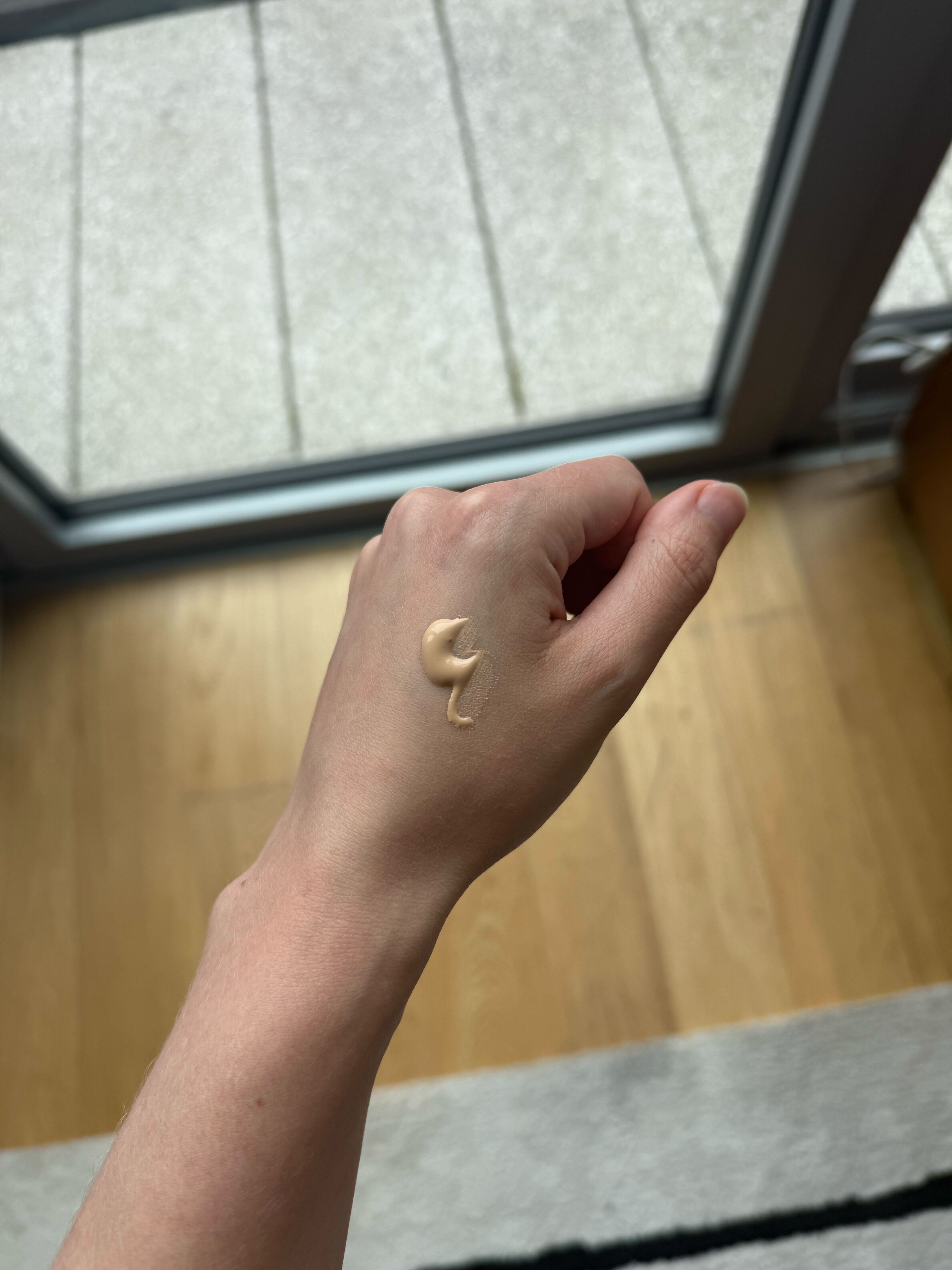
If long wear and lightweight coverage is your thing, you'll love this skin tint from Hourglass. The formula attracts moisture and locks it in to boost radiance. It also contains meadowfoam-seed oil to replenish fatty acids that strengthen your skin barrier. Not to mention it takes no time at all to work it into the skin—a perfect option for those who are constantly on the go.
Pros: Has a lightweight finish that boosts moisture for a radiant finish.
Cons: May overwhelm oily skin types.
Shades: 18
Key Ingredients: Meadowfoam-seed oil, hyaluronic acid, plant-based squalane
Customer review: "I must have half a dozen skin tints in my drawer but decided to try this one. I am so glad I did! It has just enough coverage to even out my complexion and let my freckles show through. I have mature, dry skin and this worked really well. I will most definitely be repurchasing this!"
Best Blurring Formula: Anastasia Beverly Hills Impeccable Foundation
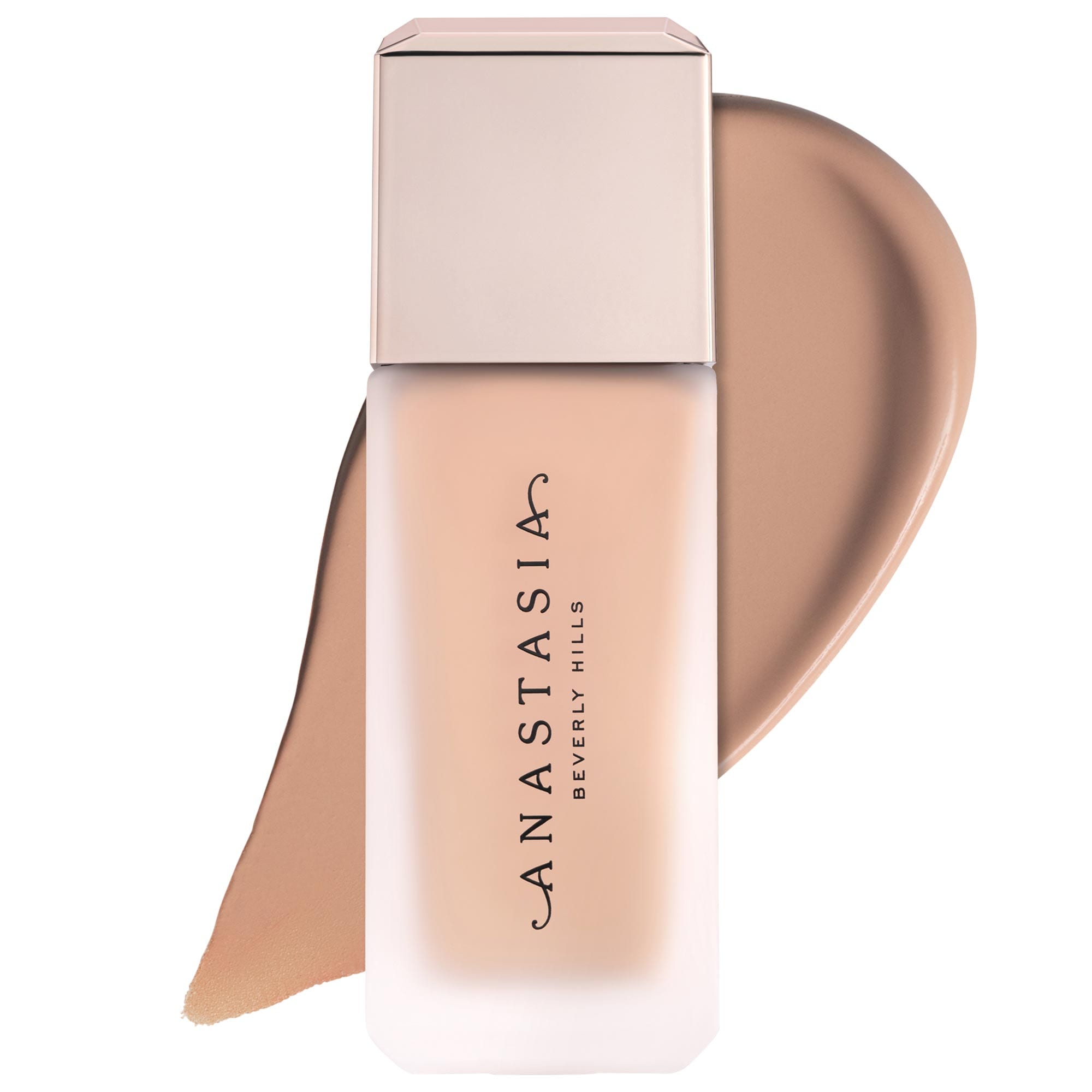
This foundation gives you a medium to full-coverage finish that doesn't clog pores. Instead it has a blurring effect that minimizes the appearance of blemishes or other skin concerns. If you have oily skin, you'll especially love the matte finish that eliminates shine. This formula also contains hyaluronic acid for a boost of moisture that keeps skin plump for up to 12 hours.
Pros: A little bit of product goes a long way, and it provides coverage for up to 12 hours.
Cons: May not be suitable for dry skin types.
Shades: 25
Key Ingredients: Hyaluronic acid, bixa orellana, phytoglycogen
Customer review: "I absolutely love this foundation! It's buildable and has a long wearing formula which makes it perfect for everyday or for a night out. I love the texture of it, and it blends seamlessly into the skin and blurs my imperfections. I have combo/oily skin, and this works great for me!"
What to Look for in a Foundation for Mature Skin
Overwhelmed by all the options out there? You're not alone. Everyone has different preferences and priorities when it comes to base makeup, so here, Lobell and Greenberg share a few things to consider.
- Form: "Personally, I prefer a liquid foundation since it gives a more hydrated look to the skin. Sticks can be a little too dense or 'grabby' for overall application but can be great if you are just focusing on using it on 'spotted' or hyperpigmented areas. Cream foundation can look a bit heavy on the skin, so I generally avoid those," says Lobell.
- Coverage: Do you prefer high-coverage foundation or a sheer tint? Pigment options abound, so consider how much payoff you'd like for the final look.
- Finish: Also consider the finish of your foundation product. If you have mature skin, both Greenberg and Lobell recommend sticking to dewy and radiant finishes over matte. "Dewy foundations do a great job of softly blurring fine lines without settling into them. I find that matte sometimes does the opposite, so I would steer clear of any products that do not add extra hydration and glow to your skin," says Greenberg. That's not to say you can't opt for matte formulas at all. You'll just want to make sure they're extra hydrating.
- Ingredients: "Ingredients like hyaluronic acid or peptides are great because they add moisture, giving the skin a smoother, more natural finish," says Greenberg. You can also look for glycerin, niacinamide, and nourishing botanical oils. Anything oil absorbing (like kaolin clay or silica) might not be the best choice here since those with mature skin likely want to focus on maintaining hydration.
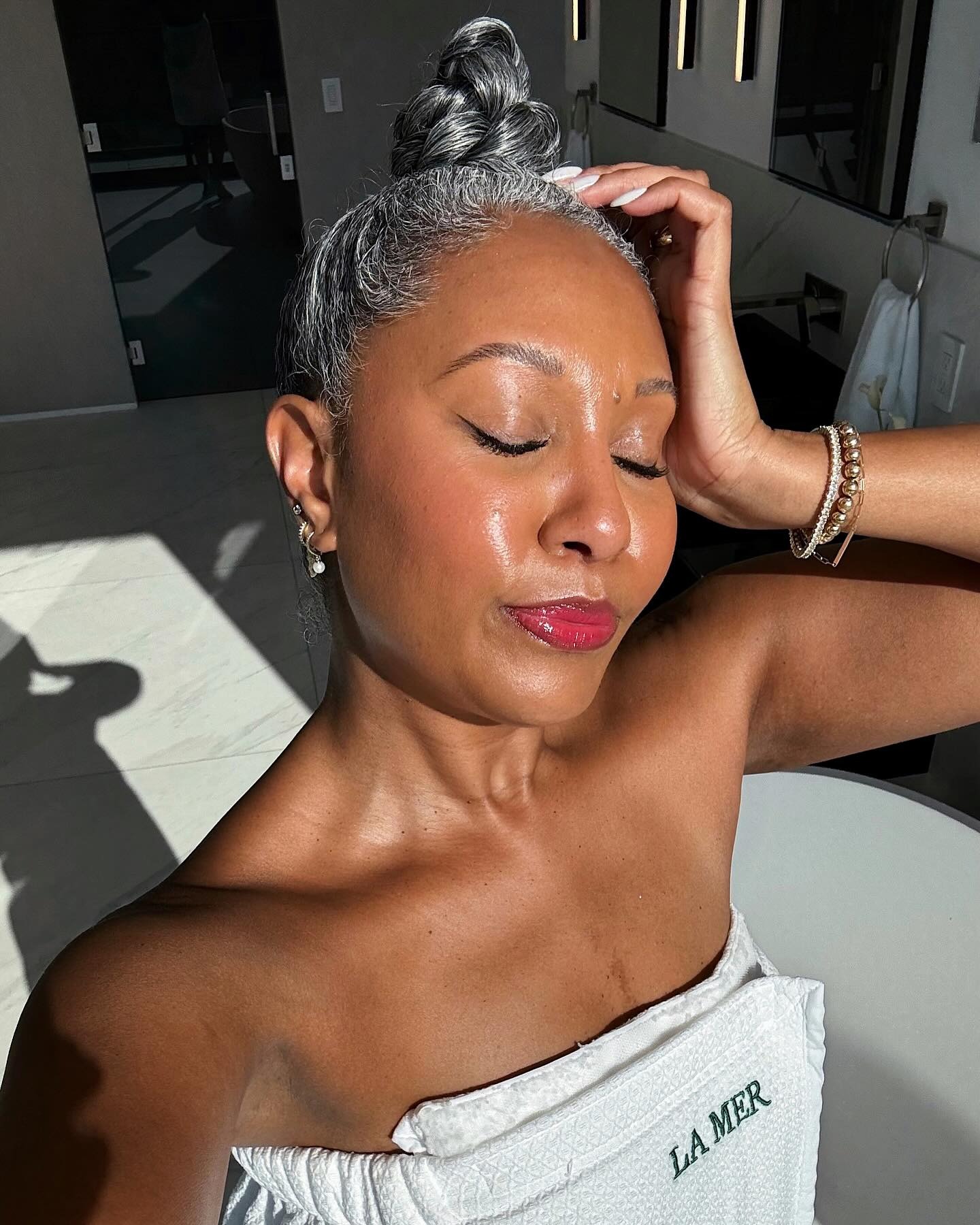
How to Apply Foundation on Mature Skin
As a general rule, less is more! "I prefer a thinner formula with a lot of pigment, meaning coverage from the color, not the texture of the product. This way, you use less and get the coverage without the unflattering thickness," explains Lobell. Below, see a step-by-step tutorial.
- Prep the skin: "Start with a hydrating moisturizer that suits your skin type that will leave your skin plump and glowing," says Greenberg. "Follow that up with a primer that fits your skin needs: pore blurring, glowing, or extra hydration. This is key for having your foundation lie properly on the skin!" Lobell prefers the Sali-C Primer from Spatch. "Don't let the acne-fighting benefits deter you if this is not your issue. … It still works like a charm," she says.
- Let your skin dry: "Applying your foundation right after using these products can be tricky, as it tends to slide around too much, not grabbing the skin properly. So apply all those base products [and] do your eyes, lips, hair, whatever before applying foundation," instructs Lobell.
- Apply your product: Greenberg recommends pumping foundation on the back of your hand as opposed to applying it directly onto a brush or sponge. "This warms up the formula," she notes. Then swirl a foundation brush—she loves Anisa Beauty's Pinnacle Foundation Brush—on your hand to grab the product before buffing it into your skin. "This helps the foundation blend into your skin seamlessly, creating a natural-looking base," Greenberg adds. This technique also ensures you don't glob on too much product and end up with a cakey appearance.
- Let it set: "A good trick is to let it sit before you powder or mattify so you can see what areas might need some more product," adds Lobell. Give it a few beats before you reapply, making sure you use a light hand around any fine lines.
- Mattify if needed: Finally, Lobell says you can use a smaller brush to apply pressed powder in targeted areas that tend to crease, like underneath the eyes and around the nose.
How I Chose
When it comes to our testing process at Who What Wear, personal recommendations always come first. I first selected the hydrating foundations I love and use regularly, then cross-checked with my 56-year-old mom for her thoughts on the best formulas for mature skin. Customer reviews are also important to keep in mind, especially when it comes to cult-favorite formulations, so I pored over the review sections of my favorite retailers, making sure to filter for shoppers age 40 and up.
I also enlisted the help of two trusted makeup artists, Greenberg and Lobell, who offered their all-time-favorite foundations for mature skin and provided tips on what to look for. Armed with this info, I was able to whittle down my options and wind up with a curated list of 15 products.
Why Trust Who What Wear
Since 2006, Who What Wear has been a digital fashion, beauty, and lifestyle publication and community where people can discover the latest brands, trends, and must-have products to help define and evolve their personal style. Think of Who What Wear as your most trusted style and shopping resource.
This story was published at an earlier date and has since been updated.

Jamie Schneider is Who What Wear’s senior beauty editor based in New York City. With over seven years in the industry, she specializes in trend forecasting, covering everything from innovative fragrance launches to need-to-know makeup tutorials to celebrity profiles. She graduated from the University of Michigan with a B.A. in Organizational Studies and English before moving to NYC, and her work has appeared in MindBodyGreen, Coveteur, and more. When she’s not writing or testing the latest beauty finds, Jamie loves scouting vintage boutiques and reading thrillers, and she’s always down for a park picnic in Brooklyn.
-
 I'm a Celebrity Makeup Artist—Here Are 5 Foolproof Tips for Creating a Flawless Winged-Liner Look
I'm a Celebrity Makeup Artist—Here Are 5 Foolproof Tips for Creating a Flawless Winged-Liner LookA step-by-step guide.
-
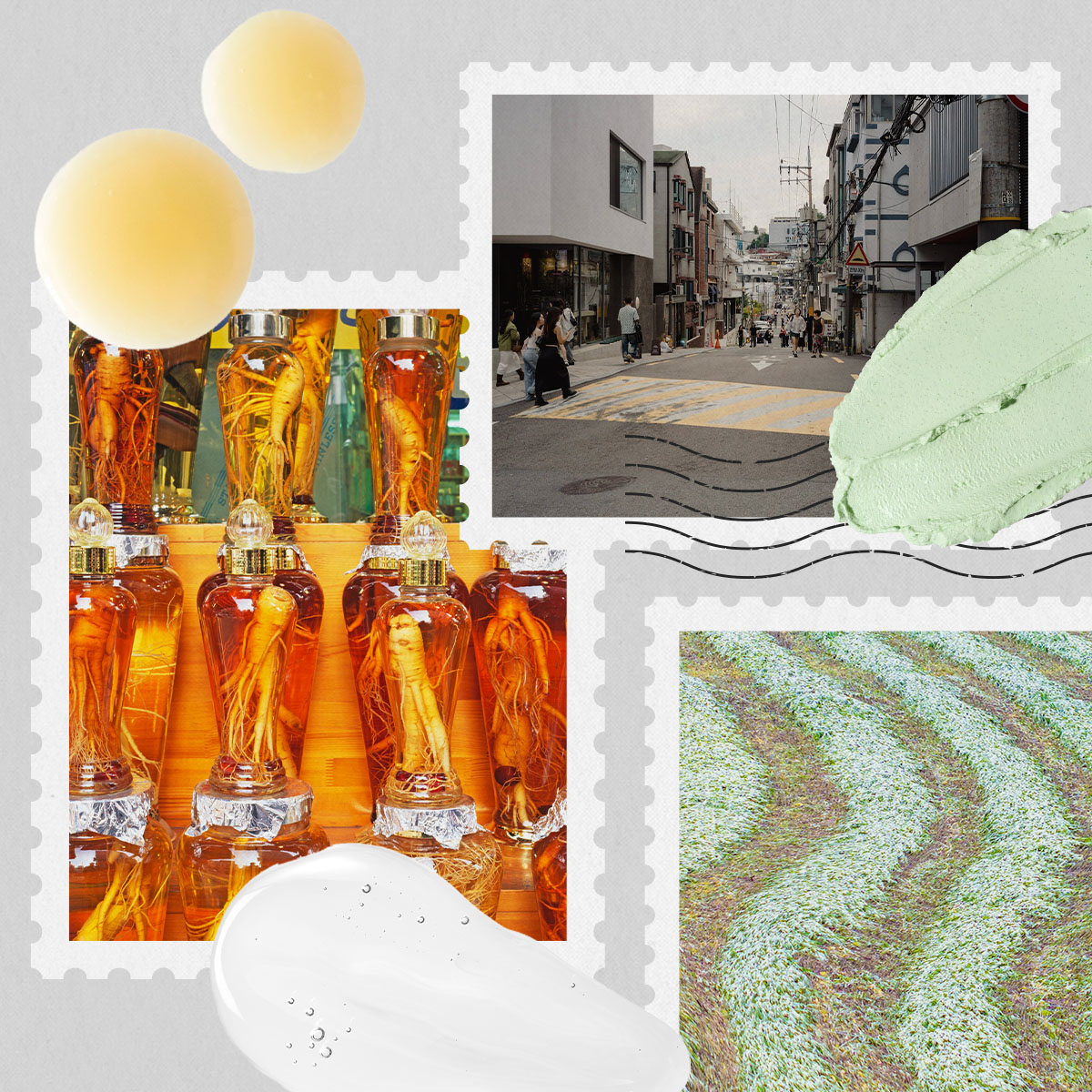 From Ginseng to PDRN: 5 Korean Skincare Ingredients Powering the Internet's Favorite, High-Efficiency Products
From Ginseng to PDRN: 5 Korean Skincare Ingredients Powering the Internet's Favorite, High-Efficiency ProductsThey set the standard for great skin.
-
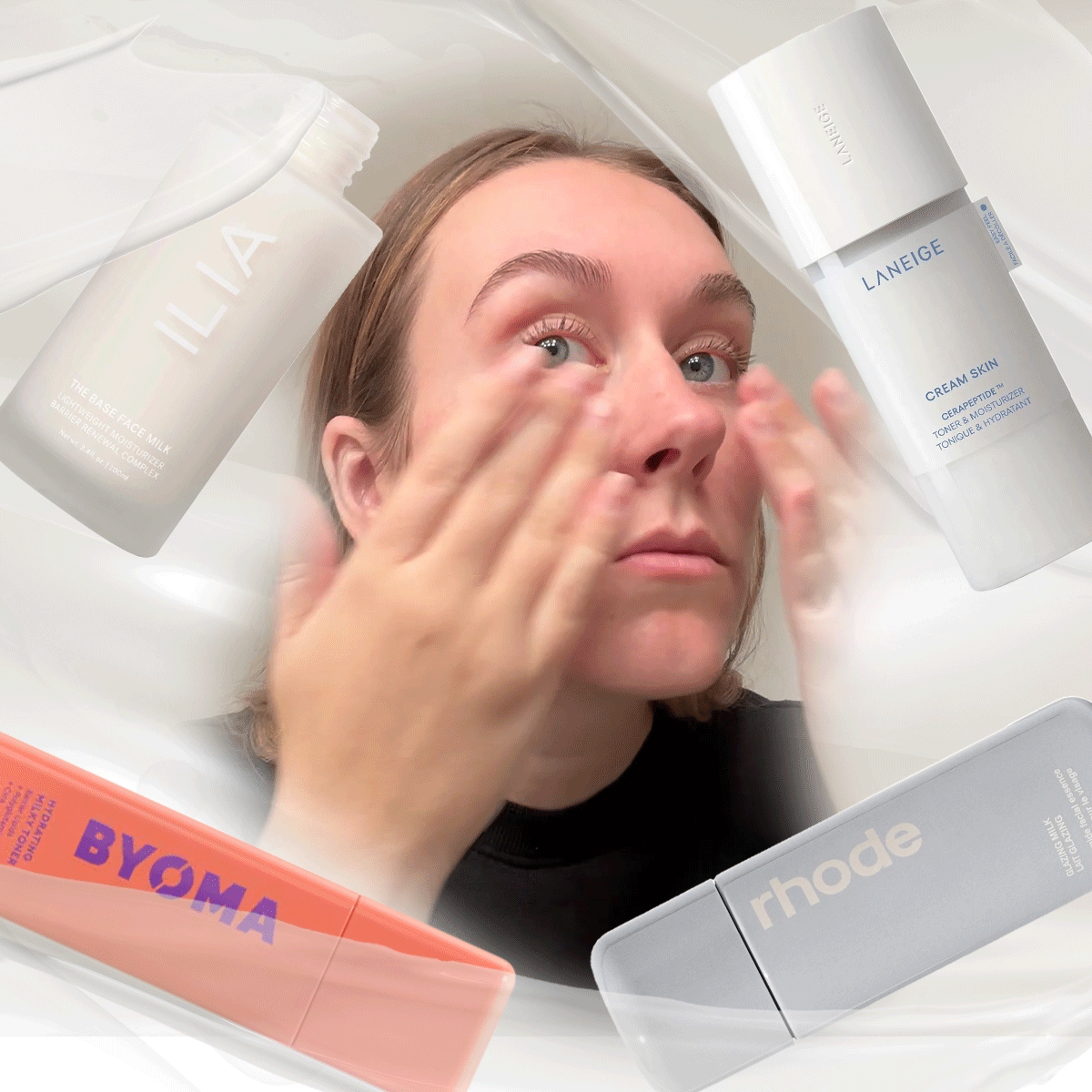 Milky Toners Are All Over the Internet, But These 12 Are Worth The Hype
Milky Toners Are All Over the Internet, But These 12 Are Worth The HypeThey're the in-the-know secret to soft, smooth, cushion-like skin.
-
 Hurry! Kendall Jenner’s Go-To K-Beauty Device Is 29% Off RN on Amazon
Hurry! Kendall Jenner’s Go-To K-Beauty Device Is 29% Off RN on AmazonA glass skin staple.
-
 I Thought I Knew What "Lit From Within" Skin Looked Like—Then I Tried This New Silky Foundation
I Thought I Knew What "Lit From Within" Skin Looked Like—Then I Tried This New Silky FoundationLiquid gold.
-
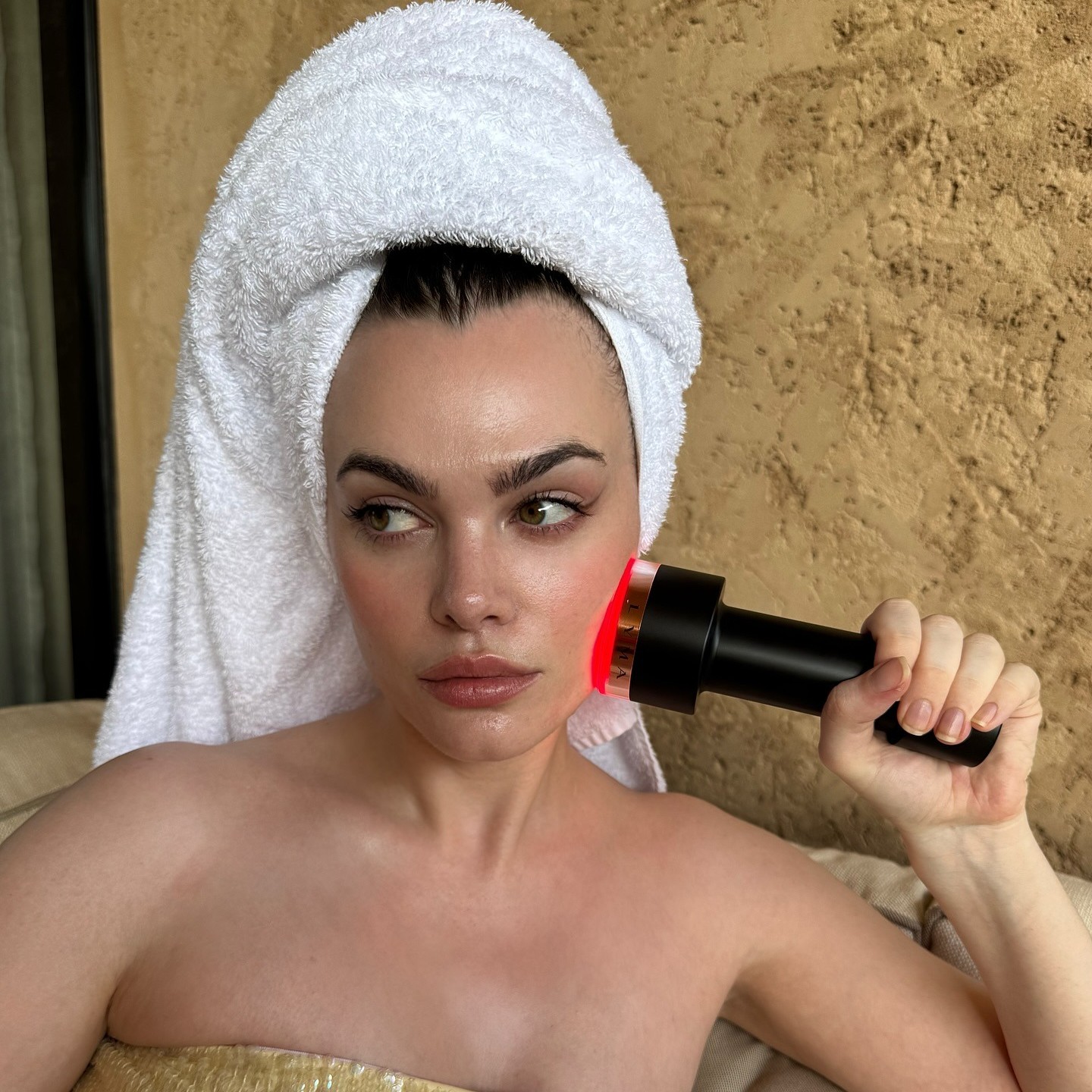 Drop Everything—the Celeb- and Editor-Obsessed Lyma Laser Is Currently $670+ Off
Drop Everything—the Celeb- and Editor-Obsessed Lyma Laser Is Currently $670+ OffI gasped.
-
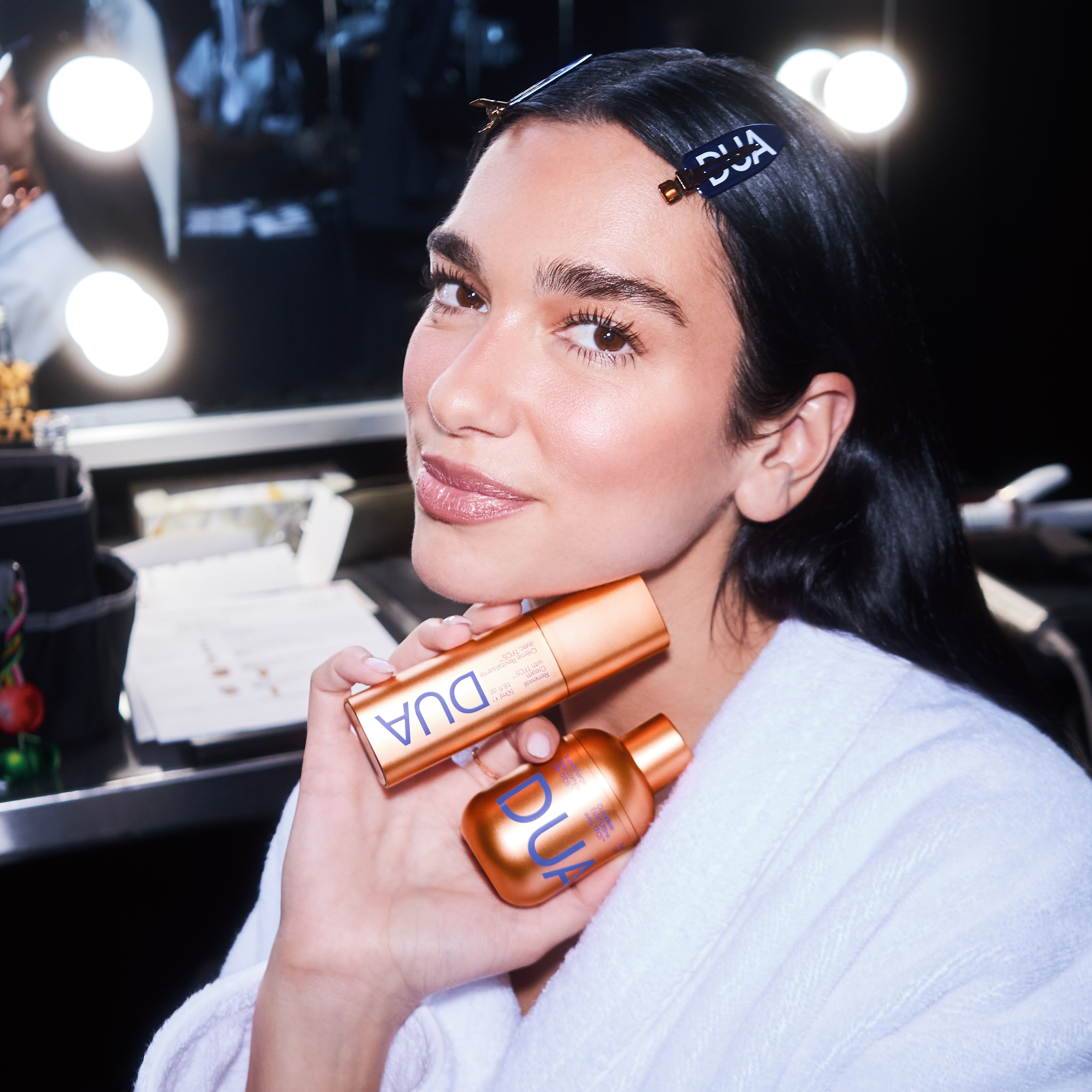 Um, Dua Lipa and Augustinus Bader Just Dropped a New Skincare Line—Every Product Is Destined to Sell Out
Um, Dua Lipa and Augustinus Bader Just Dropped a New Skincare Line—Every Product Is Destined to Sell OutIt's her secret for dewy skin "from morning to midnight."
-
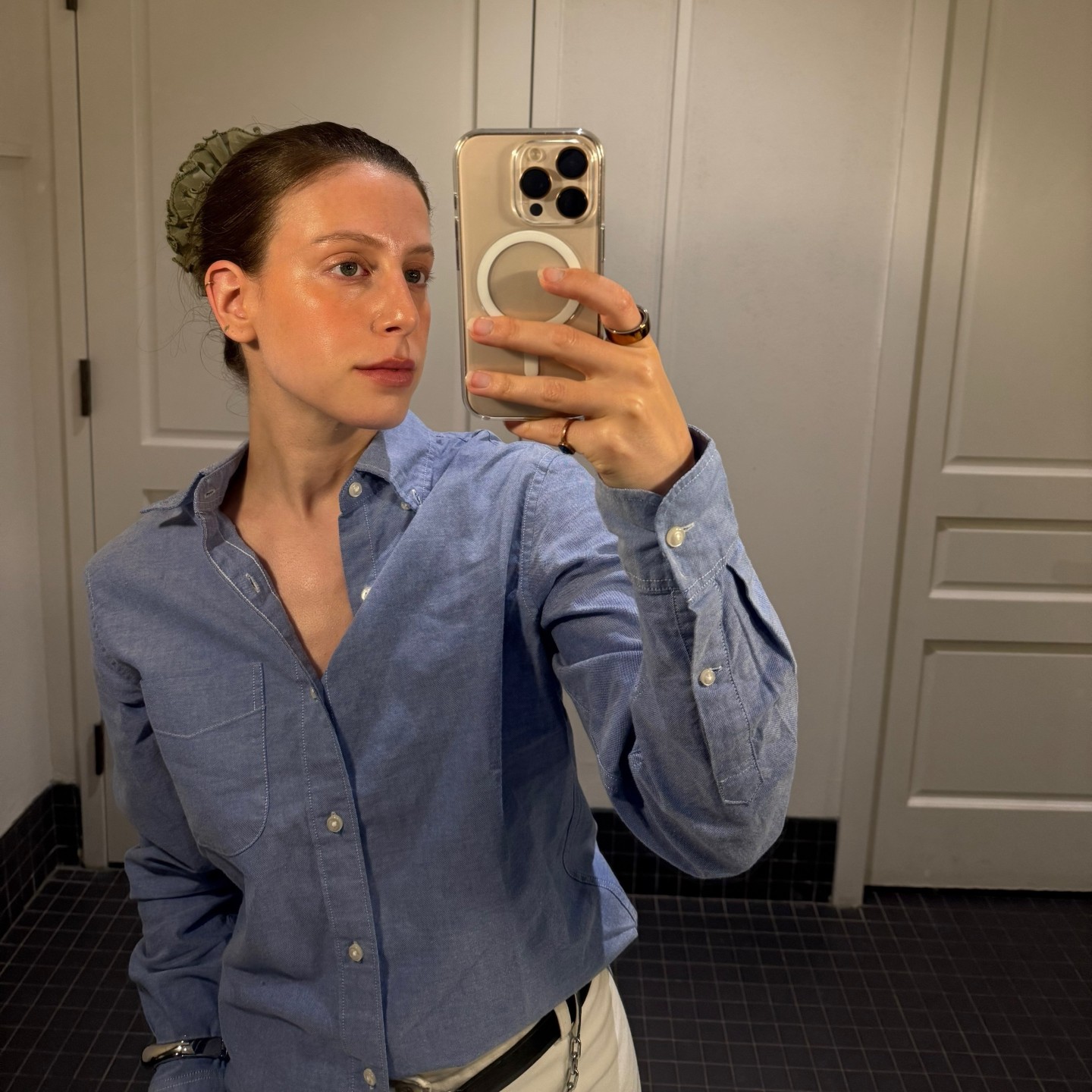 Dull Skin? This French Face Mask Works Better Than an Oxygen Facial—My Photos Are Proof
Dull Skin? This French Face Mask Works Better Than an Oxygen Facial—My Photos Are Proof"OMG, your skin."
